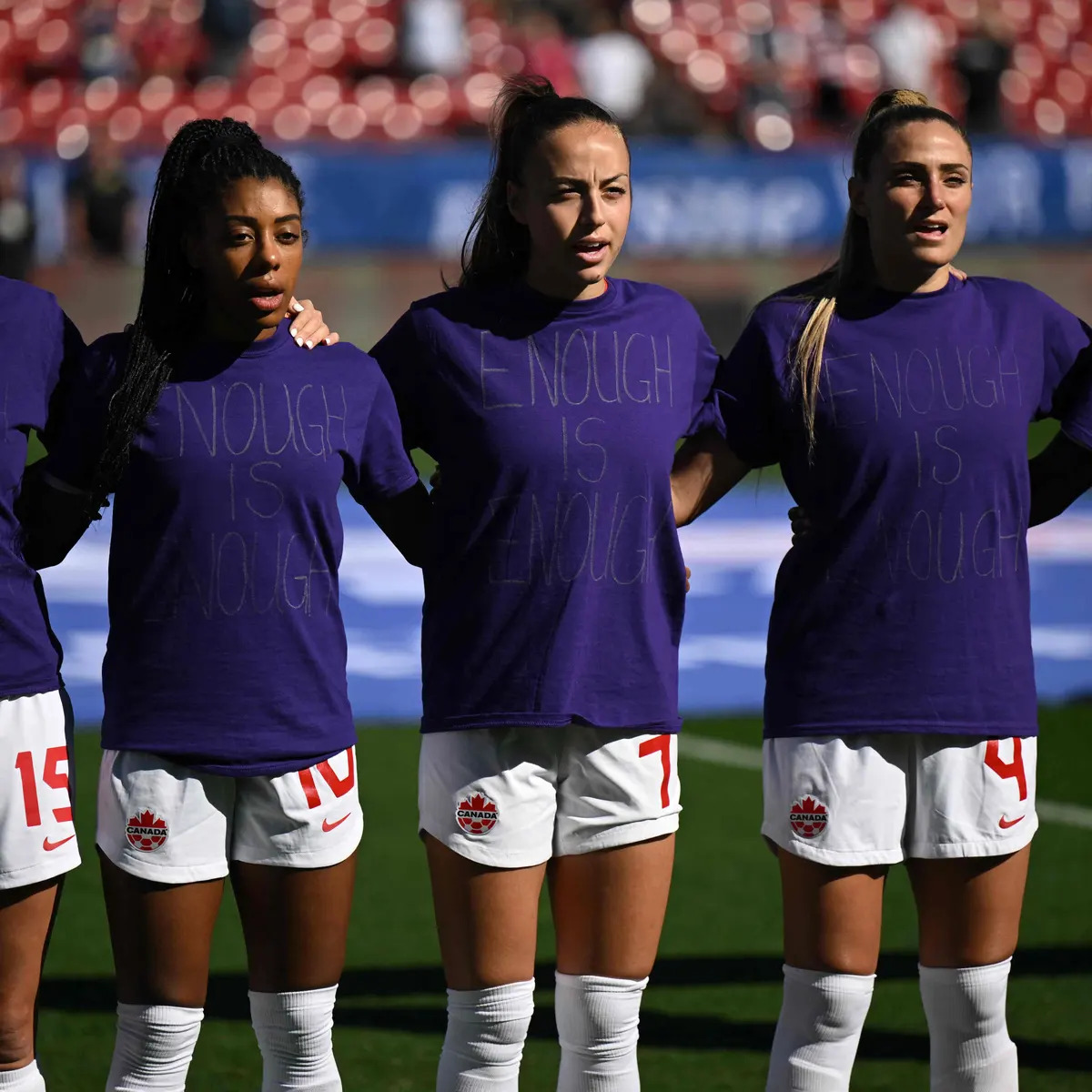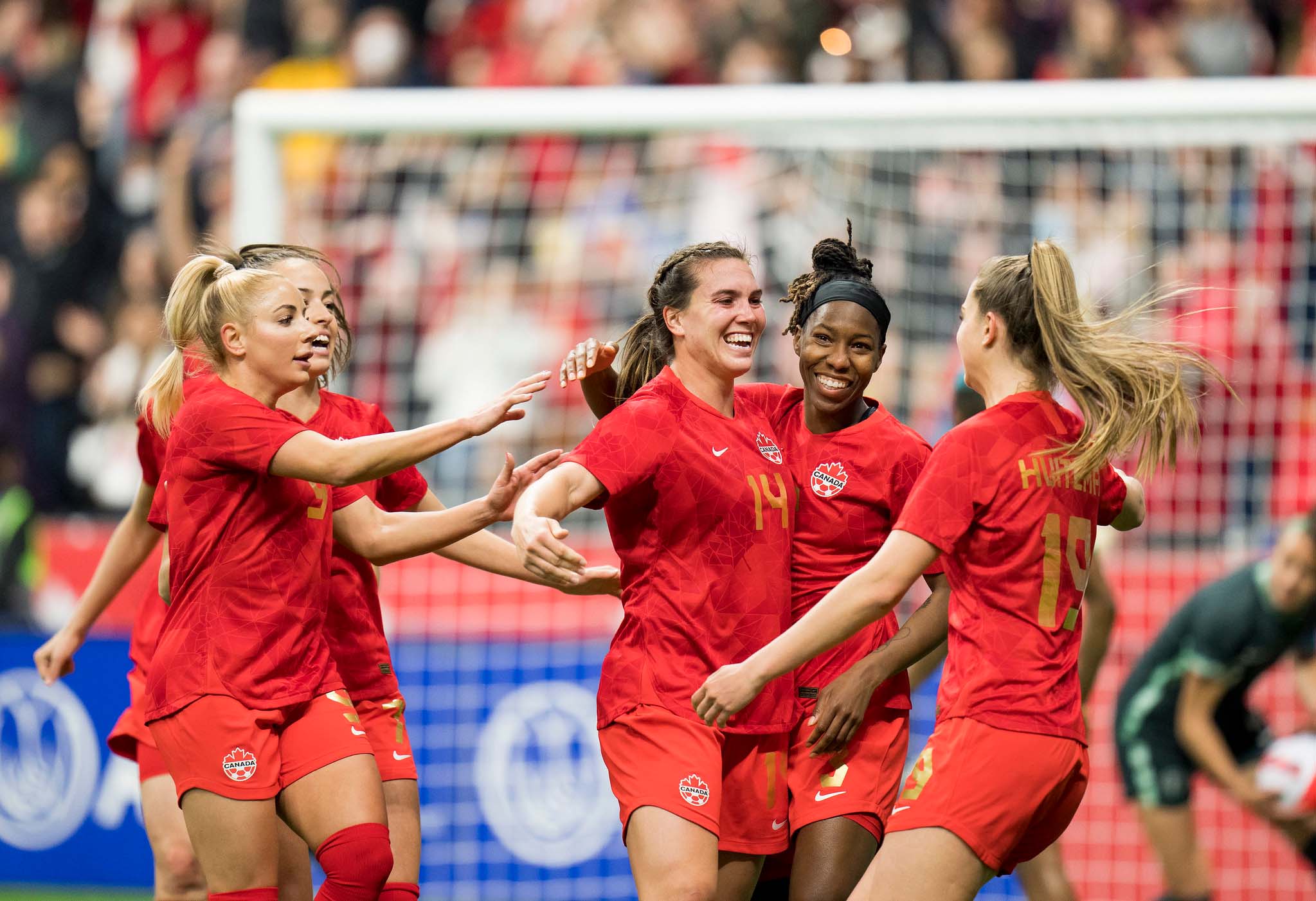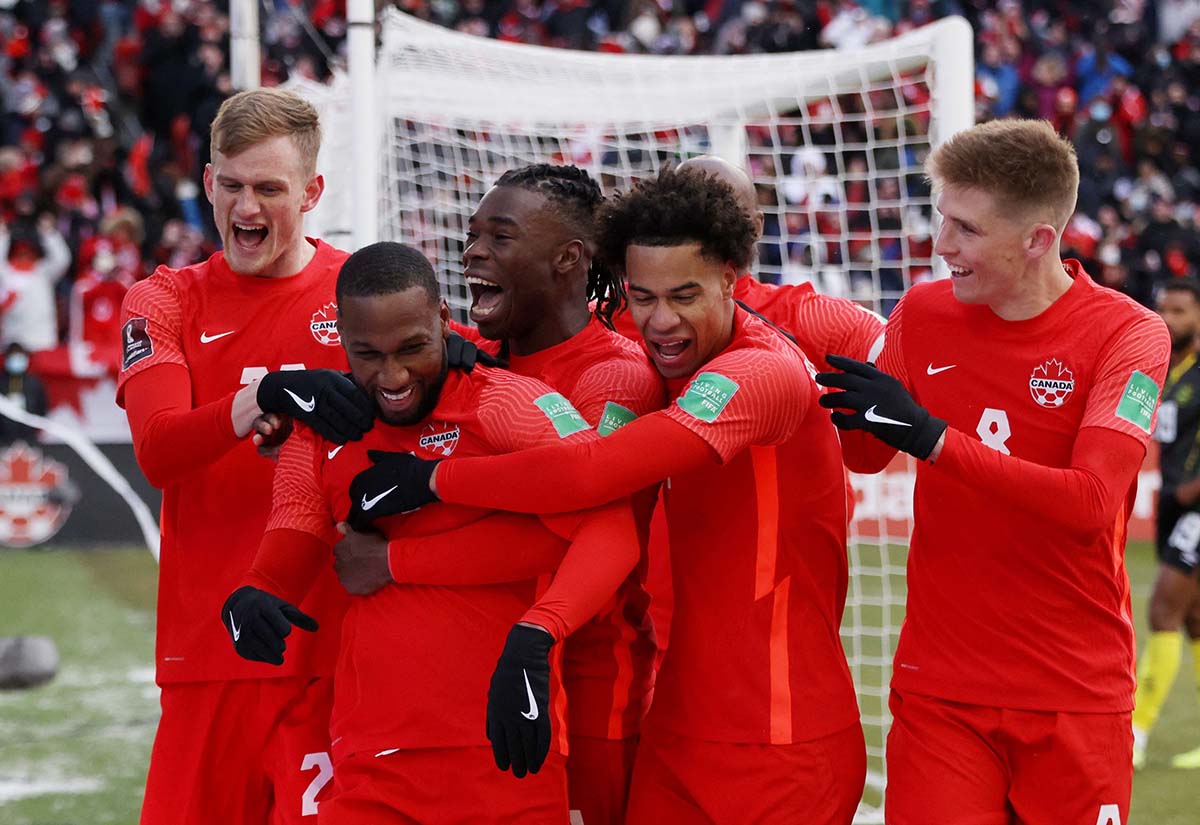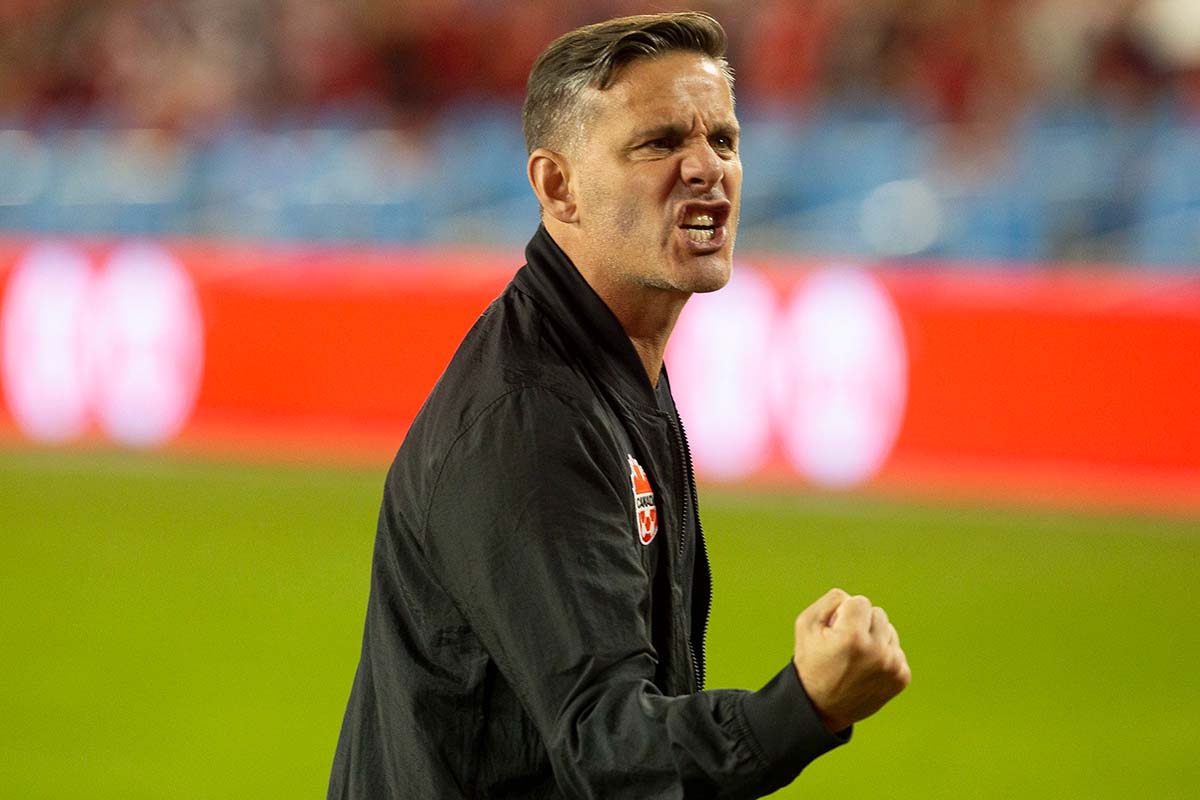Both in situations equal parts exciting and perilous, we take a look at the current state of the Canadian men’s and women’s national teams.
Canada Soccer is in the midst of its most successful five-year period in its history. The women’s national team won gold at the 2020 Tokyo Olympics, and the men qualified for its first World Cup since 1986 — and scored their first ever goal in the tournament. Talents both burgeoning and established have emerged, spearheading a “golden generation” for each squad.
However, in that time of success on the pitch, we’ve seen a flurry of conflict off of it, including labor disputes, political turmoil, and a strong question of leadership — which led to a recent change at the helm.
Nick Bontis, who served as the federation’s president from 2020 to 2023, resigned after the latest labor dispute with the CanWNT. In his place, Charmaine Crooks came in, whose first task was to defuse the ticking time bomb of a labor dispute just a few months before the upcoming World Cup, where the team will be amongst the favorites to lift the trophy.
With so much happening in the world of Canada Soccer, we thought it would be good to do a “State of the Union” to see how both teams are faring and how these golden generations are cruising along.
CanWNT

While the women’s team was used to being the best team between the two sides, it took a back seat as lots of people couldn’t help but be enamored with the almost Cinderella-esque story of the men’s side qualifying for the 2022 World Cup. Thankfully, the success on the men’s side has been a catalyst for fair, equal labor relations and brought much overdue notoriety to the success of the women’s program over the years (which they have deserved all along).
In abstract terms, the labor dispute was that the women’s team felt they lacked adequate support and attention from the federation compared to the men’s team. With a collective bargaining agreement still in the works from the last few years, the public discontent was more about how they didn’t feel their voices were being heard at the bargaining table. This conflict eventually led to Bontis’s resignation. The team now has an interim funding agreement in place until at least the World Cup to provide it with the funding equality it deserves.
On the pitch, things have been more stable, and as long as captain Christine Sinclair is leading the way, the CanWNT will always have a steady presence to drive the team to success. With established stars like Kadeisha Buchanan, Ashley Lawrence, Sophie Schmidt, and Adriana Leon, the team won’t lack leadership and international experience. Outside of these established stars, a new generation of Canadians have taken Europe and the NWSL by storm. Players like Julia Grosso, Jade Rose, and Jordyn Huitema will provide youthful energy while still having experience on the biggest stage.
I would be remiss if I didn’t mention the CanWNT’s spectacular coach, Bev Priestman. She has done an incredible job taking over for John Herdman, who left some of the biggest shoes to fill in Canadian coaching history. Much like Herdman, Priestman could very well be in line for one of the bigger international jobs once this World Cup window finishes. And, while it would be hard to see her go, I couldn’t imagine someone more deserving, as she has navigated complicated waters on and off of the pitch.
To summarize, the women’s program is in flux. This might be national talisman Sinclair’s last World Cup, off-field distractions might have taken away from the crucial preparation time needed for such a grueling tournament, and there is no telling how much the labor dispute has soured the pride of playing for their country.

But there should still be optimism. It is a team of young stars inspired by the likes of Sinclair, Diana Matheson, and Desiree Scott. Anything is possible, and I wouldn’t put it past this team to use the labor dispute as motivation to show its value. Look out for this Canada team. It is hungry, talented and well organized.
CanMNT

The expectations for the men’s national team changed in an instant this past year when it qualified for its first World Cup since 1986. And even amongst a group of proverbial heavy hitters including Croatia, Morocco, and Belgium, many people (in Canada at least) thought that this team could make it out of the group stage. To be fair, a lot of these pundits that made those predictions had only really tuned into the world of football in 2021, when the CanMNT first took off, so they were woefully unaware of the strengths of Croatia and Morocco.
Still, in my mind, the CanMNT completely exceeded expectations, as they pushed Belgium to the final whistle, got its first goal, and got a taste of the World Cup before the 2026 edition, where it will play co-host. But, when you exceed expectations, the bar gets set higher the next time around. Many people, including players on the roster, have said they need to win something with this generation, whether it be a Gold Cup or the Nations League that they are in the midst of playing.
The side has reached the semifinals of the Nations League tournament, where it will take on a feisty and tough Panama team. Should it make it to the finals, the CanMNT will face the winner between the United States and Mexico.
This current crop of players has exceeded any level of talent Canada has ever seen. Alphonso Davies’ reputation speaks for itself. At the same time, Jonathan David is becoming one of the most sought after strikers in Europe. But, outside of these big two, there are future stars littered throughout the squad. Stephen Eustaqio is quickly becoming one of the best midfielders in Portugal for Porto, Alistair Johnston is already beloved by the Celtic faithful, and Ismael Kone is arguably the only force still pushing Watford for promotion to the English Premier League in just his second year of professional football.
Thankfully this generation comes just in time for Atiba Hutchinson and Milan Borjan to get the praise and respect that they deserve for enduring so many difficult and painful years with Canada Soccer.

After his stint with the women’s team, CanMNT head coach John Herdman is exceeding expectations and has recently been rumored with some other coaching gigs on the international stage. So far, he has pledged his allegiance until after the 2026 World Cup, but if much bigger names come calling, who would blame him for taking a potentially once-in-a-lifetime opportunity?
The Canadian men’s national team is in a great place on the field, and while my views on this might be slightly biased, I believe that this squad has a legitimate chance of winning silverware, whether it be in the Nations League finals or this summer’s upcoming Gold Cup.
More importantly, the federation’s leadership needs to get things right. Canadian fans will always take sides with the players, and if the federation keeps showing an inherent distrust in bargaining, that relationship will quickly turn sour. There needs to be equality in the deal, and I believe both sets of players would agree that that is priority number one. These aren’t the teams of old who were aptly nicknamed “Unattached FC.” The current crop of men and women are worldwide stars who understand their value, and they will fight to be treated appropriately.
This is the biggest opportunity the federation has ever had with both teams. So, will they take that opportunity? Or let it fall away with mismanagement?








